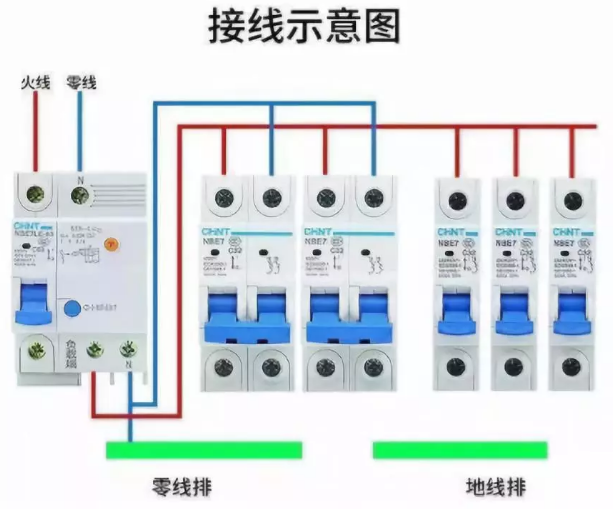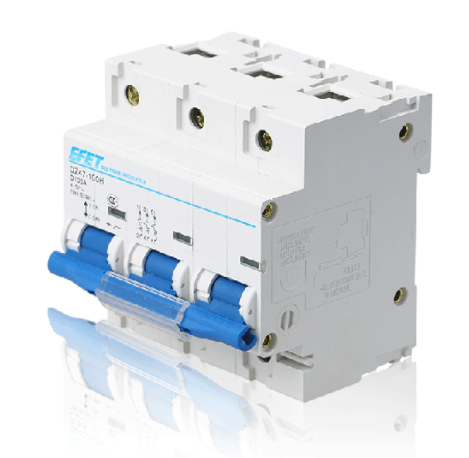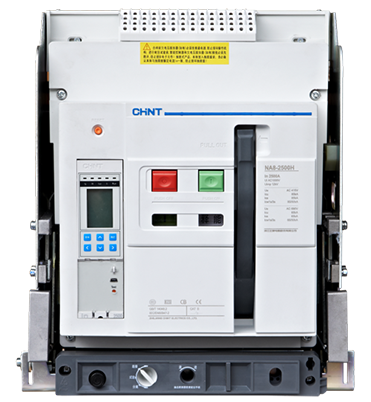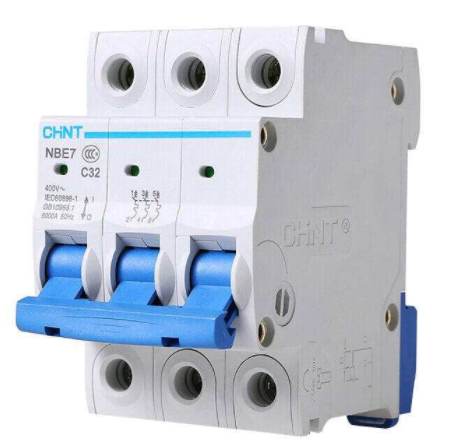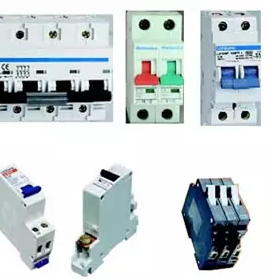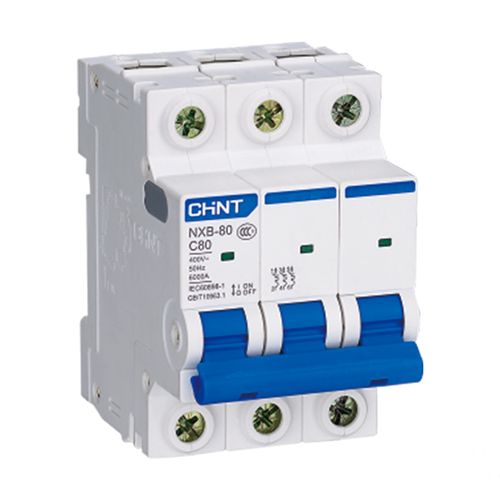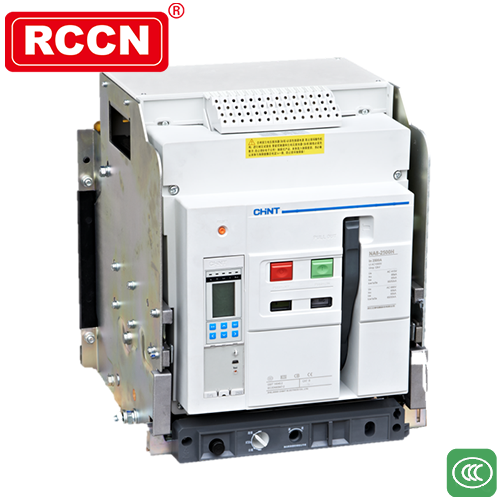1. Rated voltage (KV)
Refers to the rated (line) voltage of the system when the circuit breaker is working normally. This is the nominal voltage of the circuit breaker. The circuit breaker should be able to be used in the power system of this voltage. The maximum working voltage can exceed 15% of the rated voltage.2. Rated current (KA)
Refers to the maximum current (effective value) that the circuit breaker can pass for a long period of time under specified service and performance conditions. When the rated current passes through the high voltage circuit breaker for a long time, its heating temperature should not exceed the value specified in the national standard.
3. Rated (short circuit) breaking current (KA)
Refers to the maximum value of the maximum short-circuit current period component that the circuit breaker can reliably cut off at rated voltage. This value indicates the circuit breaker's breaking capacity.
4. Rated peak withstand (dynamic stability) current (KA)
Refers to the rated short-time withstand current of the circuit breaker in the closing position under the specified conditions of use and performance. The first half wave reaches the current peak. It reflects the ability of the device to be affected by the short-circuit current.
5. Rated short-time withstand (thermal stability) current (KA)
Refers to the rms current that the circuit breaker can carry during the rated short-circuit duration under the specified service and performance conditions. It reacts to the ability of the device to withstand the thermal effects caused by short-circuit currents.
6. Rated short circuit closing current (KA)
Refers to the maximum expected peak current that the circuit breaker guarantees to be properly closed under specified conditions of use and performance.
7. Opening time (m)
The circuit breaker opening time refers to the time interval from the start of the opening of the opening command to the moment when all the pole arc contacts are separated. In the relevant standards, the opening time is also called the solid time.
8. Breaking time (ms)
Refers to the time from when the breaker coil is energized (issuing the trip command) until the three-phase arc is completely extinguished. The breaking time is the sum of the opening time and the arc burning time (arcing time).
9. Closing time (ms)
The closing time is the time interval from the start of the closing command to the moment when the last pole contact is contacted. In the relevant standards, the closing time is also called the consolidation time.
10. Metal shorting time (m)
Refers to the period when the circuit breaker is in contact with the driven contact and the static contact just touched. If this time is too long, it will last for a long time when it coincides with permanent failure, which is unfavorable to the stability of the power grid; if it is too short, it will affect the medium recovery between the breaker interrupter of the circuit breaker, which will result in unreliable breaking.
11. Minute (closed) gate different time (m)
Refers to the maximum difference time between the phases of the circuit breaker or the breaks in the same phase.
12. Rated inflation pressure (gauge pressure, MPa)
Refers to the pressure required to fill the gas before or during the operation of the equipment at standard atmospheric pressure.
13. Relative air leak rate (referred to as air leak rate)
Refers to the ratio of the amount of air leakage measured by the equipment (compartment) measured at a given inflation pressure over a certain time interval, expressed as a percentage of annual leakage.
14. No current interval ms
Refers to the time taken by the arc in each phase of the circuit breaker to completely extinguish until the phase passes again.
















 RCCN WeChat QrCode
RCCN WeChat QrCode Mobile WebSite
Mobile WebSite
